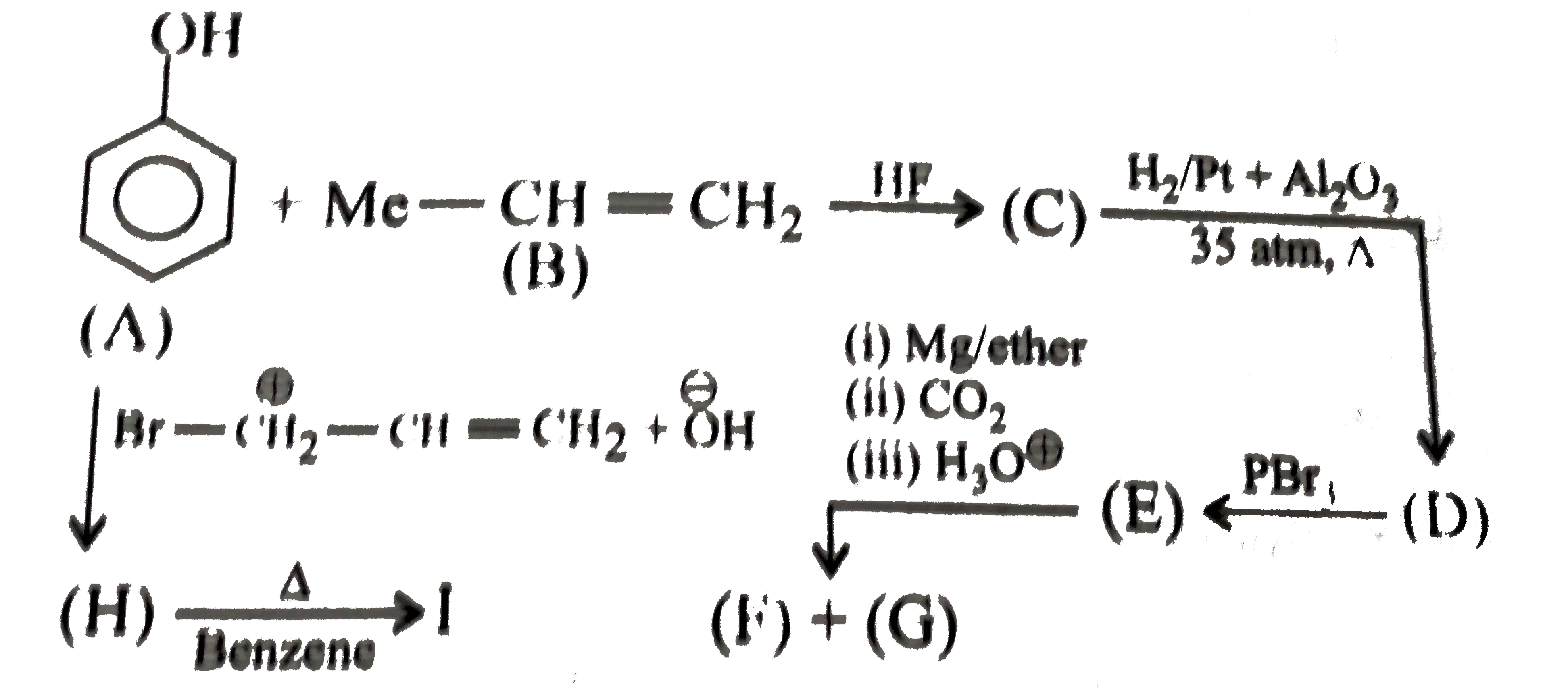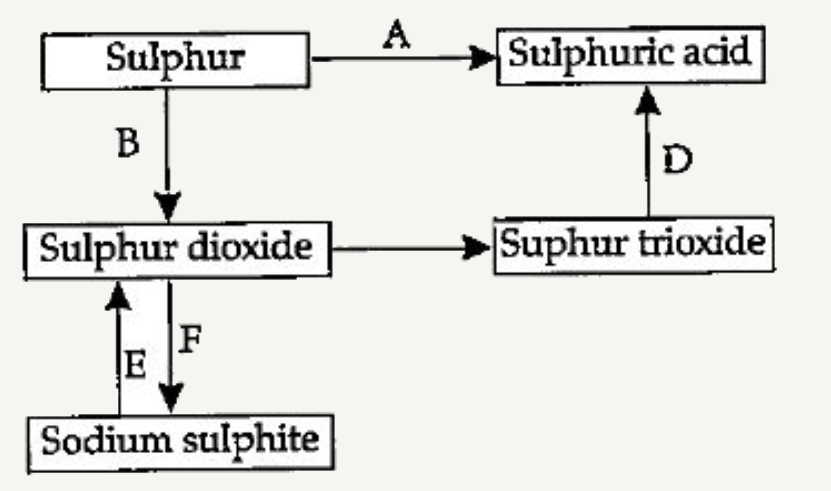What are the reactive species involved in SN1 reactions ?
To answer the question about the reactive species involved in SN1 reactions, we can break it down into a step-by-step explanation.
1. Understanding SN1 Reaction:
- SN1 stands for unimolecular nucleophilic substitution. It involves two main steps: the formation of a carbocation and the nucleophilic attack.
2. Formation of the Carbocation:
- In the first step of the SN1 reaction, the leaving group departs from the substrate. For example, if we consider tert-butyl bromide (C(CH3)3Br), the bromine (Br) atom acts as the leaving group.
- When Br leaves, it takes the bonding electrons with it, resulting in the formation of a positively charged species known as a carbocation. In this case, the tert-butyl carbocation (C(CH3)3+) is formed.
3. Nucleophilic Attack:
- In the second step, a nucleophile (e.g., OH-) attacks the carbocation. The nucleophile is attracted to the positive charge of the carbocation.
- This results in the formation of the final product, which in this example could be tert-butyl alcohol (C(CH3)3OH).
4. Conclusion:
- The primary reactive species involved in the SN1 reaction is the carbocation. The nucleophile also plays a role, but the key reactive intermediate that defines the SN1 mechanism is the carbocation.
Final Answer:
The reactive species involved in SN1 reactions are carbocations.
- SN1 stands for unimolecular nucleophilic substitution. It involves two main steps: the formation of a carbocation and the nucleophilic attack.
- In the first step of the SN1 reaction, the leaving group departs from the substrate. For example, if we consider tert-butyl bromide (C(CH3)3Br), the bromine (Br) atom acts as the leaving group.
- When Br leaves, it takes the bonding electrons with it, resulting in the formation of a positively charged species known as a carbocation. In this case, the tert-butyl carbocation (C(CH3)3+) is formed.
- In the second step, a nucleophile (e.g., OH-) attacks the carbocation. The nucleophile is attracted to the positive charge of the carbocation.
- This results in the formation of the final product, which in this example could be tert-butyl alcohol (C(CH3)3OH).
- The primary reactive species involved in the SN1 reaction is the carbocation. The nucleophile also plays a role, but the key reactive intermediate that defines the SN1 mechanism is the carbocation.
The reactive species involved in SN1 reactions are carbocations.
Topper's Solved these Questions
- BOOK - ICSECHAPTER - ORGANIC CHEMISTRY : SOME BASIC PRINCIPLES AND TECHNIQUES EXERCISE - ESSAY ( LONG ANSWER ) TYPE QUESTIONS42videos
ORGANIC CHEMISTRY : SOME BASIC PRINCIPLES AND TECHNIQUES
- BOOK - ICSECHAPTER - ORGANIC CHEMISTRY : SOME BASIC PRINCIPLES AND TECHNIQUES EXERCISE - OBJECTIVE ( MULTIPLE CHOICE ) TYPE QUESTIONS142videos
ORGANIC CHEMISTRY : SOME BASIC PRINCIPLES AND TECHNIQUES
- BOOK - ICSECHAPTER - ORGANIC CHEMISTRY : SOME BASIC PRINCIPLES AND TECHNIQUES EXERCISE - VERY SHORT ANSWER TYPE QUESTIONS87videos
ORGANIC CHEMISTRY : SOME BASIC PRINCIPLES AND TECHNIQUES
- BOOK - ICSECHAPTER - HYDROGENEXERCISE - NCERT TEXT-BOOK EXERCISE (With Hints and Solutions)53videos
HYDROGEN
- BOOK - ICSECHAPTER - REDOX REACTIONS (OXIDATION AND REDUCTION)EXERCISE - NCERT TEXT-BOOK. EXERCISES ((With Hints and Solutions)69videos
REDOX REACTIONS (OXIDATION AND REDUCTION)
Similar Questions
Knowledge Check
- Question 1 - Select One
Rate of SN1 reaction is :
 AS>Q>R>PBS>R>P>QCP>Q>R>SDS>R>Q>P
AS>Q>R>PBS>R>P>QCP>Q>R>SDS>R>Q>P - Question 2 - Select One
Among the following pair of reactions in which pair the second reaction is more reactive than first in SN1 reaction ?
AMe3CCl+H2O→Me3COH (or)
MeCBr+H2O→Me3COHBMe3CCl+CH3OH→Me3C−OCH3 (or) Me3C−Cl↓Me3C−OH+H2OCMe3CCl(1m)+H2O→ (or) Me3CCl(2m)+H2ODAll of these - Question 3 - Select One or More
SN1 and SN2 reactions are
ABoth stereospecificBBoth stereoselectiveCStereoselective and stereospecific respectivelyDStereospecific and stereoselective respectively
The reactive species in the nitration of benzene is
View SolutionThe correct increasing order of the reactivity of halides for SN1 reaction is:
View Solutionwhich of the following statement is correct for the reactivity in SN2 reaction ?
View Solution
The names of reaction and intermediate species involved in the formation of (C ), respectively, are:View SolutionAmong the choices of alkyl bromide , the least reactive bromide in a SN2 reaction is :
View Solution


